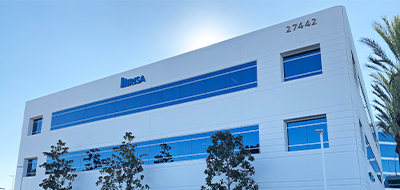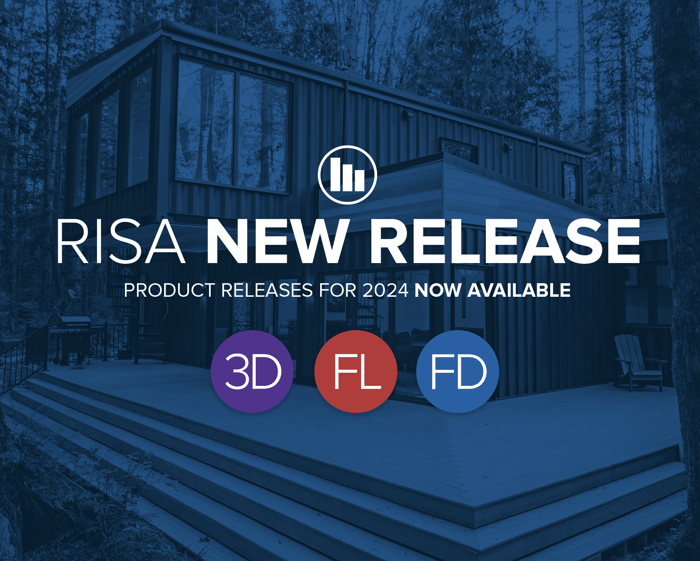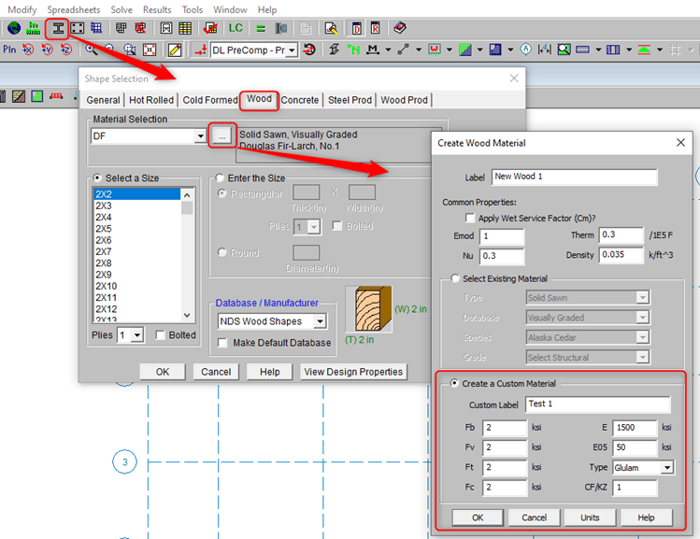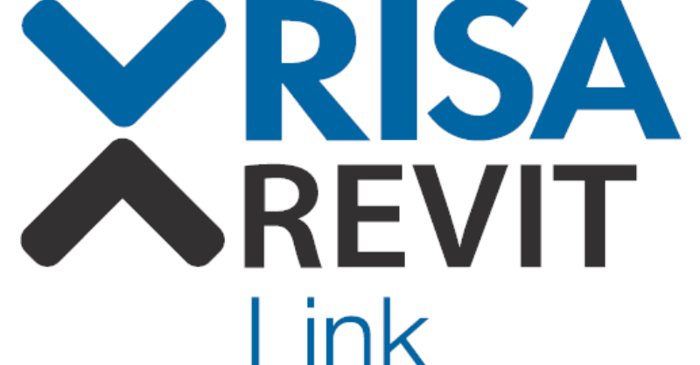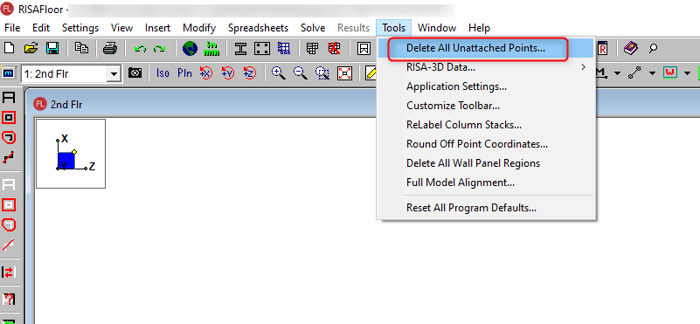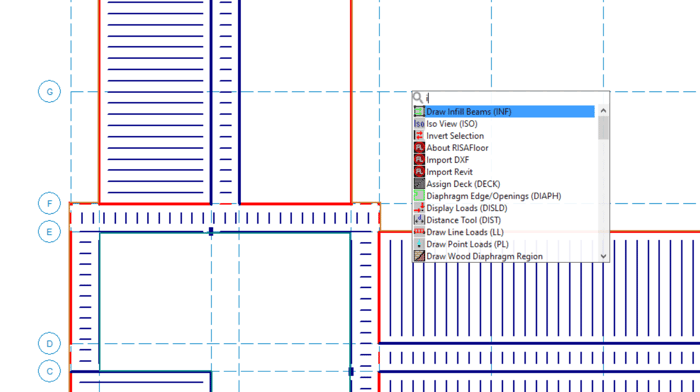
February 20, 2024
Columns within Walls in RISAFloor v18.0 and RISA-3D v22.0
We're excited to unveil the latest advancements in structural design with the release of RISAFloor and RISA-3D v22.0! This update introduces a groundbreaking feature that allows you to seamlessly incorporate columns into walls, revolutionizing the way you model and analyze structural elements. With...



